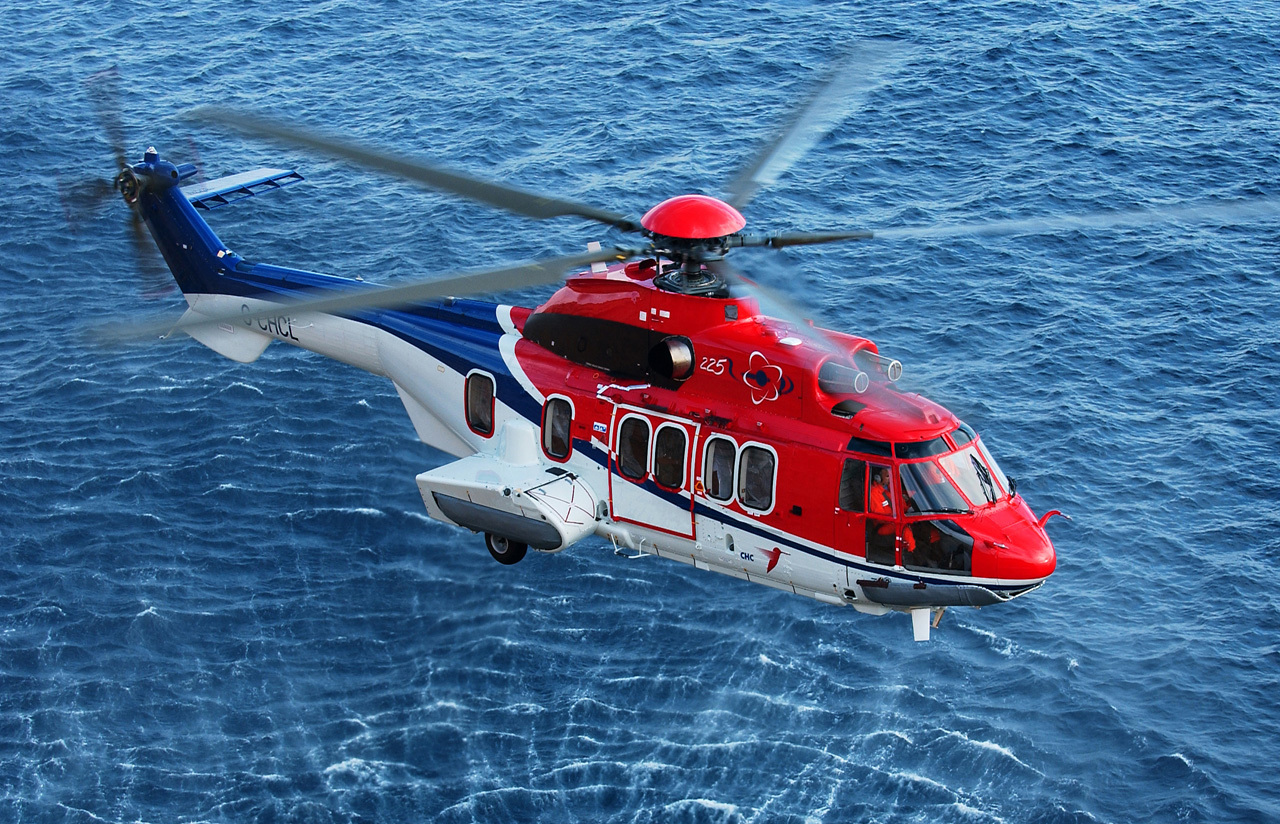The UK Civil Aviation Authority and the Civil Aviation Authority of Norway have set out plans for the lifting of operating restrictions on H225LP and AS332L2 helicopters.
The UK and Norwegian aviation authorities have set out plans for the lifting of operating restrictions on H225LP and AS332L2 helicopters. The restrictions were imposed following the fatal accident of an H225 near Turøy in Norway in April 2016. The two helicopter types, part of the Super Puma family, were restricted from being used commercially by UK and Norwegian operators.
Both the UK Civil Aviation Authority and the Civil Aviation Authority of Norway have remained in close contact with the European Aviation Safety Authority (EASA); UK and Norwegian operators; and with the manufacturer, Airbus Helicopters, which has developed the modifications and enhanced safety measures for the type. Despite the helicopter being released back into service by EASA in October 2016, the restrictions remain in place in the UK and Norway until these further enhancements have been made.
Changes and modifications made to the helicopter and its maintenance by Airbus Helicopters include:
- change in the design by removal of the components that were susceptible to premature deterioration,
- earlier replacement of components,
- design change to introduce an improved maintenance inspection method to detect any deterioration at an early stage,
- more frequent inspections,
- reduction in the thresholds for rejecting components based upon early signs of any deterioration.
The UK CAA said that helicopters will not begin flying immediately. A plan of checks, modifications and inspections needs to be undertaken before any flights take place. It will also be for operators and their customers to decide whether they wish to re-introduce the helicopters to service. In order to resume operations individual operators will need to supply safety cases to ensure that they have all the necessary measures (procedures, processes, tooling and training) in place for a return to service.
John McColl, Head of Airworthiness at the UK CAA, said: “The safety of those who travel on offshore helicopter flights is a key priority for both the UK and Norwegian aviation authorities. We would not have made this decision unless we were convinced that the changes to the helicopters and their maintenance restore the required airworthiness standards.”

